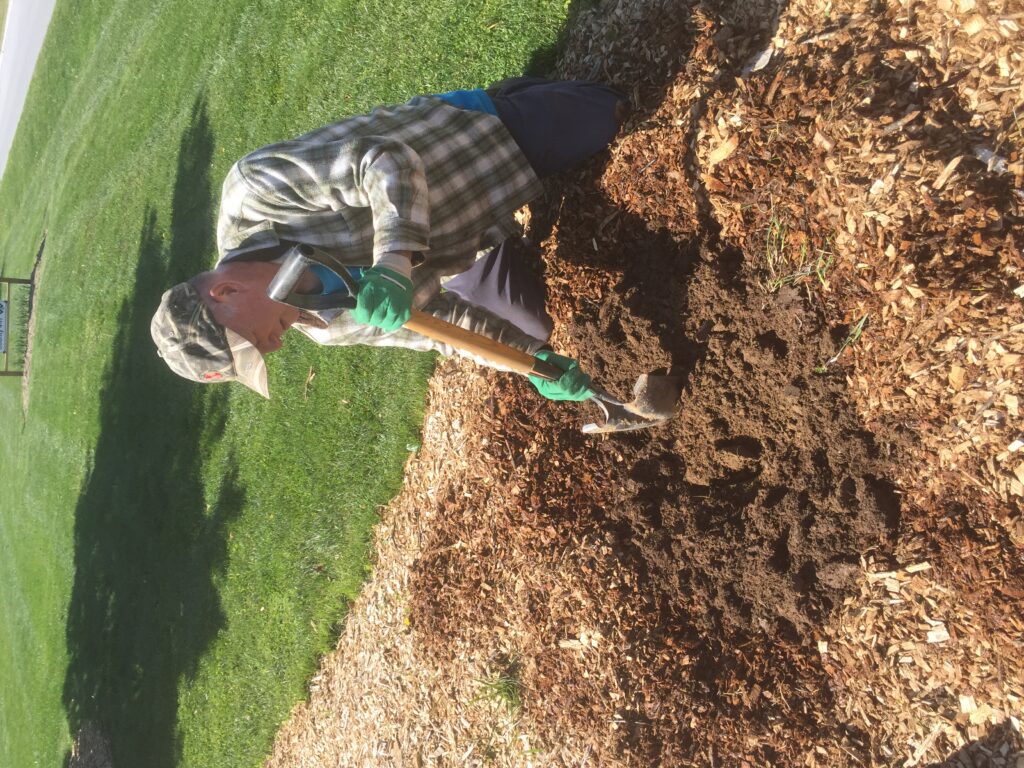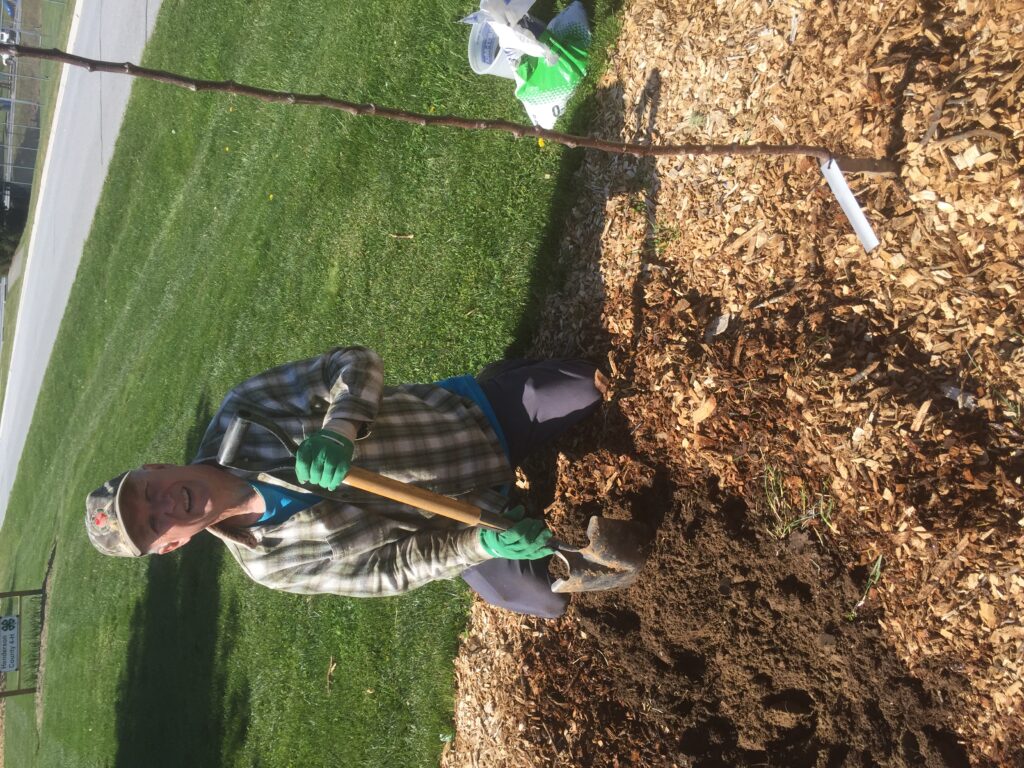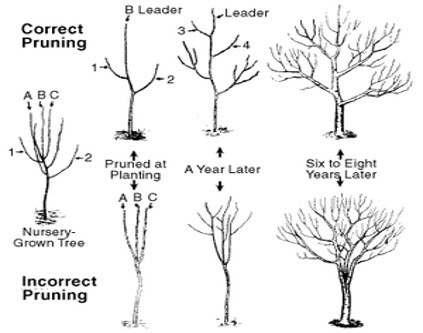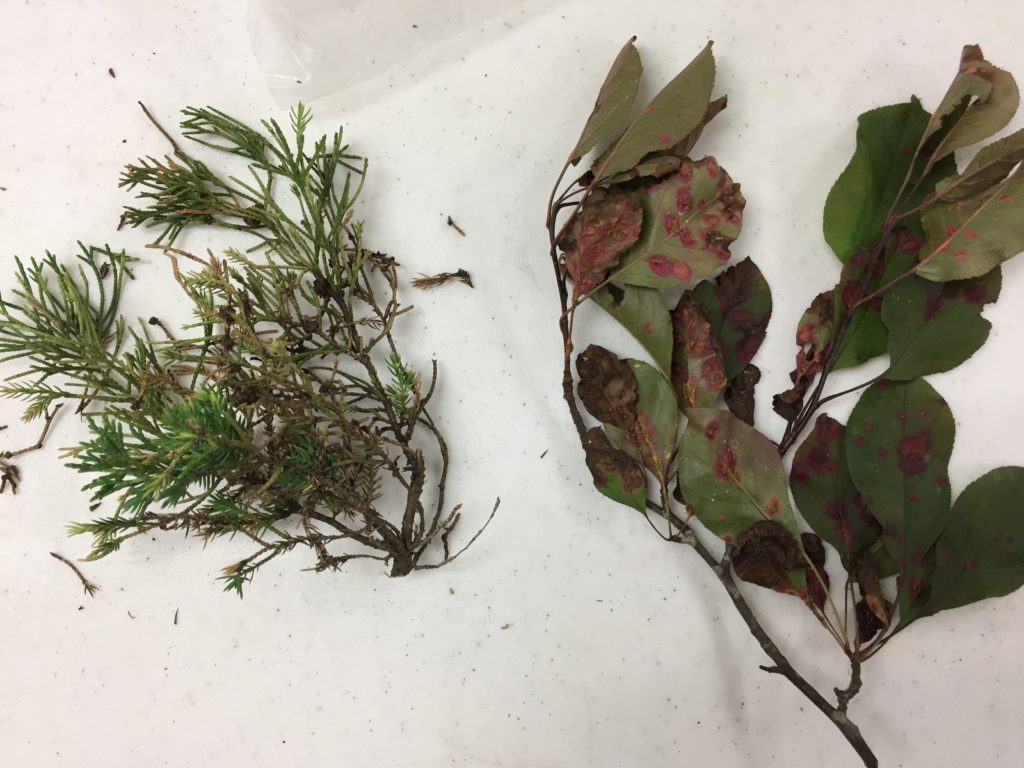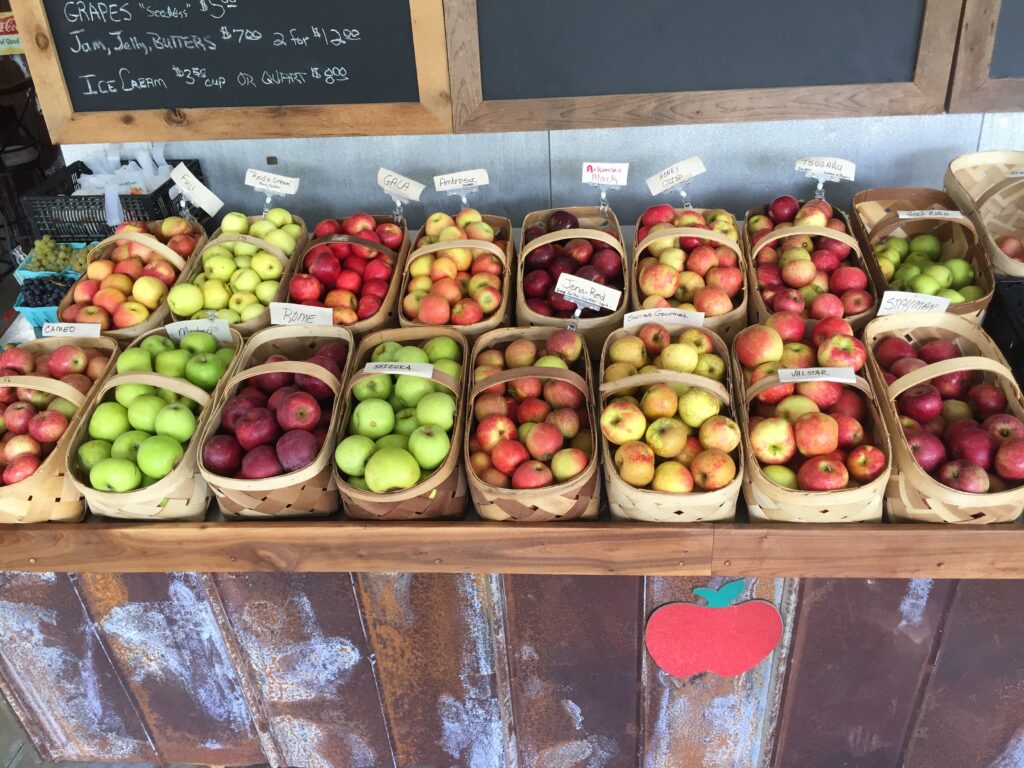Growing Apples at Home
go.ncsu.edu/readext?1064144
en Español / em Português
El inglés es el idioma de control de esta página. En la medida en que haya algún conflicto entre la traducción al inglés y la traducción, el inglés prevalece.
Al hacer clic en el enlace de traducción se activa un servicio de traducción gratuito para convertir la página al español. Al igual que con cualquier traducción por Internet, la conversión no es sensible al contexto y puede que no traduzca el texto en su significado original. NC State Extension no garantiza la exactitud del texto traducido. Por favor, tenga en cuenta que algunas aplicaciones y/o servicios pueden no funcionar como se espera cuando se traducen.
Português
Inglês é o idioma de controle desta página. Na medida que haja algum conflito entre o texto original em Inglês e a tradução, o Inglês prevalece.
Ao clicar no link de tradução, um serviço gratuito de tradução será ativado para converter a página para o Português. Como em qualquer tradução pela internet, a conversão não é sensivel ao contexto e pode não ocorrer a tradução para o significado orginal. O serviço de Extensão da Carolina do Norte (NC State Extension) não garante a exatidão do texto traduzido. Por favor, observe que algumas funções ou serviços podem não funcionar como esperado após a tradução.
English
English is the controlling language of this page. To the extent there is any conflict between the English text and the translation, English controls.
Clicking on the translation link activates a free translation service to convert the page to Spanish. As with any Internet translation, the conversion is not context-sensitive and may not translate the text to its original meaning. NC State Extension does not guarantee the accuracy of the translated text. Please note that some applications and/or services may not function as expected when translated.
Collapse ▲ Henderson County is the apple capital of the state. Many gardeners want to grow apples in their backyards. Fall apple season can be made even more wonderful with your own home grown apples. The following article will cover some of the basics of growing apple trees at home. If you wish to take a deep dive, check out our NC Production Guide for Smaller Orchards publication.
Henderson County is the apple capital of the state. Many gardeners want to grow apples in their backyards. Fall apple season can be made even more wonderful with your own home grown apples. The following article will cover some of the basics of growing apple trees at home. If you wish to take a deep dive, check out our NC Production Guide for Smaller Orchards publication.Recommended Annual Pruning Process For mature trees remove dead wood; remove upright water sprouts/suckers in canopy; remove root water sprouts; remove crossing branches; remove branches that are growing down; remove branches that will block sunlight into the interior of the tree
Diseases and Insects Unfortunately, apple growers must spray trees for insects and diseases to assure a good harvest. Washington State has a really great Organic Spraying Schedule for Apples.
Problems Apple trees can have Cedar-apple rust. This is a fungal disease that spends part of its time on cedars and part on apples. On apples, it appears as spots on the leaves. On cedars and other junipers, it appears as marble to golf ball-sized galls that exude orange tendrils or spores. The best option for control is to remove the nearby cedars.
There are many other diseases that affect apple trees. There are also lots of insects that attack the trees such as scale, aphids, stink bugs, borers, etc. Utilize the Organic Spraying Schedule for Apples fruit spray schedule beginning in February or early March. Learn all about apple pests in this publication from NC State.
- Gala (early season, late August, sweet)
- Fuji (mid season, October, sweet)
- Pink lady (late season, mid-October, tart/sweet)






